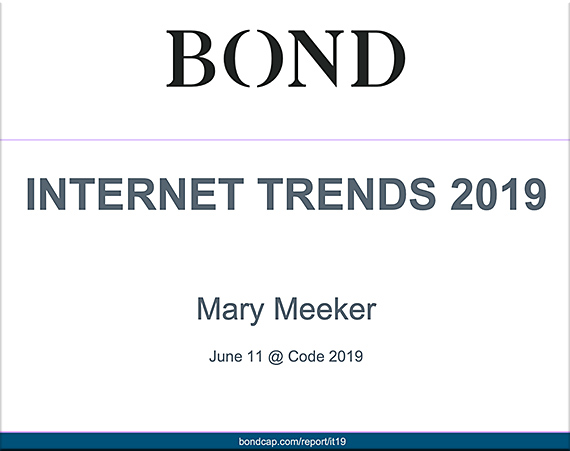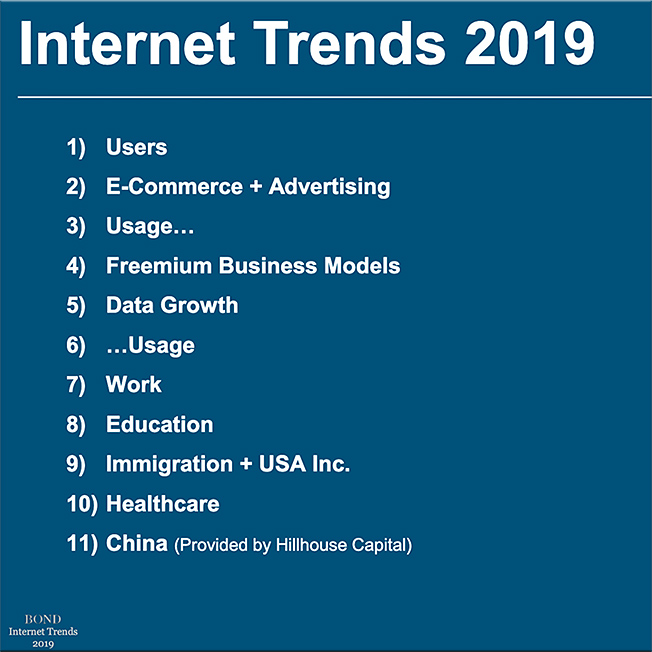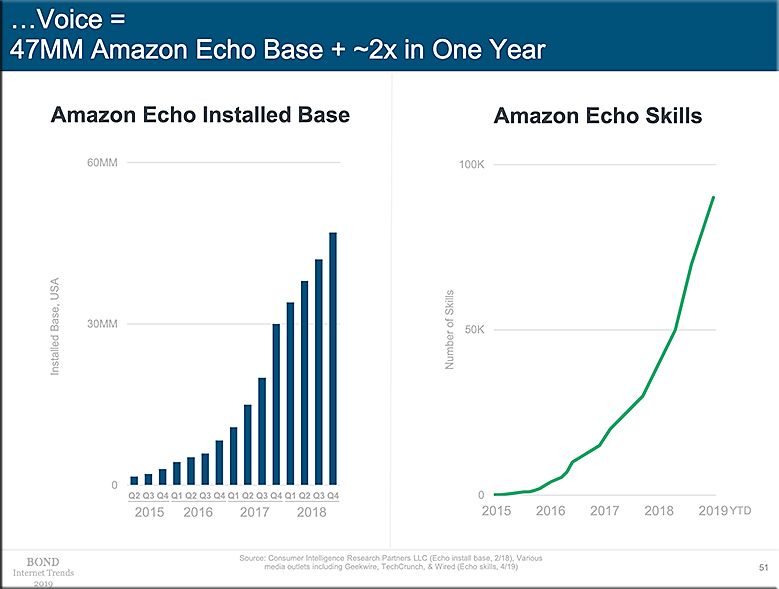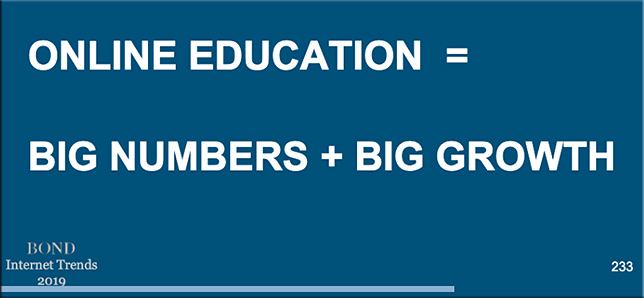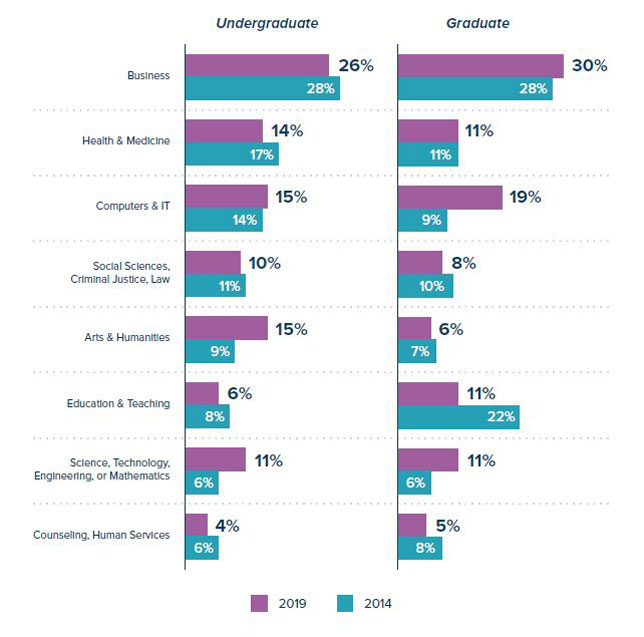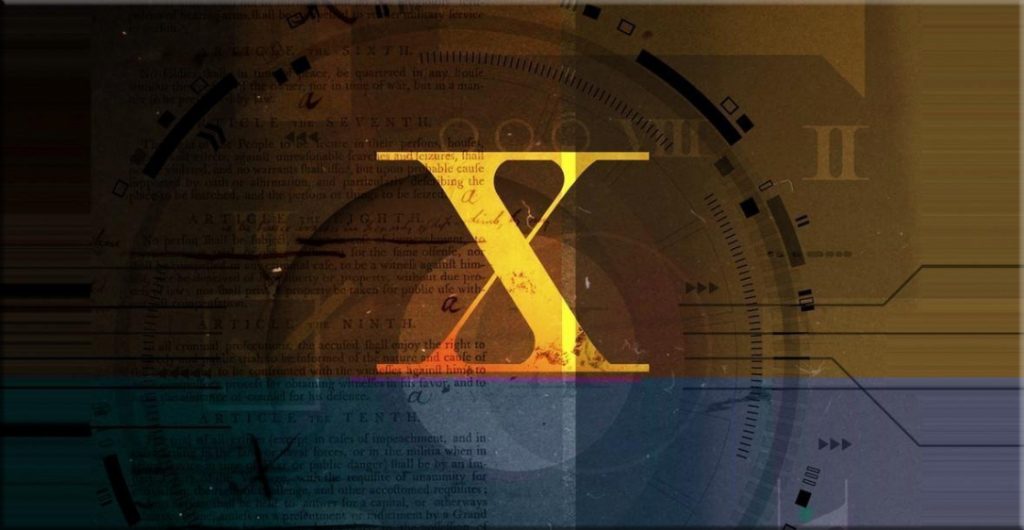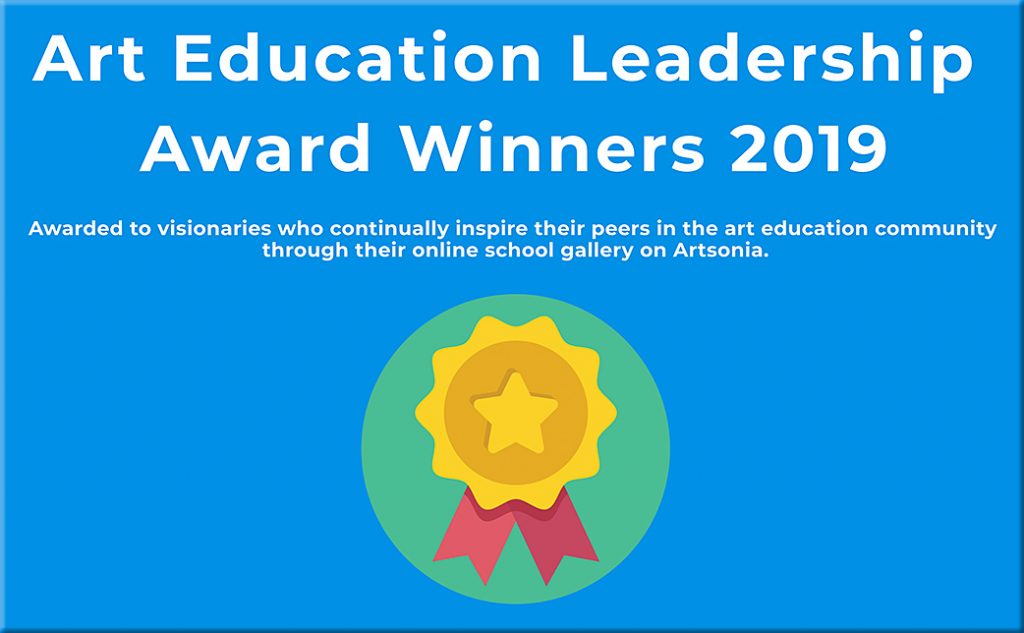Stanford team aims at Alexa and Siri with a privacy-minded alternative — from nytimes.com by John Markoff
Excerpt:
Now computer scientists at Stanford University are warning about the consequences of a race to control what they believe will be the next key consumer technology market — virtual assistants like Amazon’s Alexa and Google Assistant.
The group at Stanford, led by Monica Lam, a computer systems designer, last month received a $3 million grant from the National Science Foundation. The grant is for an internet service they hope will serve as a Switzerland of sorts for systems that use human language to control computers, smartphones and internet devices in homes and offices.
The researchers’ biggest concern is that virtual assistants, as they are designed today, could have a far greater impact on consumer information than today’s websites and apps. Putting that information in the hands of one big company or a tiny clique, they say, could erase what is left of online privacy.
Amazon sends Alexa developers on quest for ‘holy grail of voice science’ — from venturebeat.com by Khari Johnson
Excerpt:
At Amazon’s re:Mars conference last week, the company rolled out Alexa Conversations in preview. Conversations is a module within the Alexa Skills Kit that stitches together Alexa voice apps into experiences that help you accomplish complex tasks.
Alexa Conversations may be Amazon’s most intriguing and substantial pitch to voice developers in years. Conversations will make creating skills possible with fewer lines of code. It will also do away with the need to understand the many different ways a person can ask to complete an action, as a recurrent neural network will automatically generate dialogue flow.
For users, Alexa Conversations will make it easier to complete tasks that require the incorporation of multiple skills and will cut down on the number of interactions needed to do things like reserve a movie ticket or order food.









